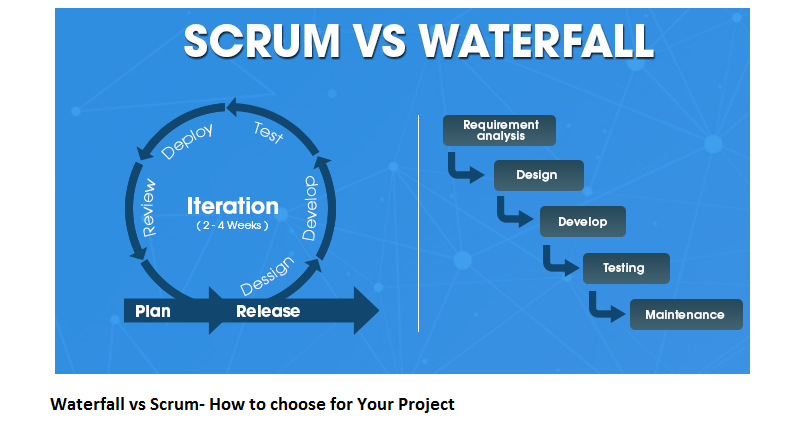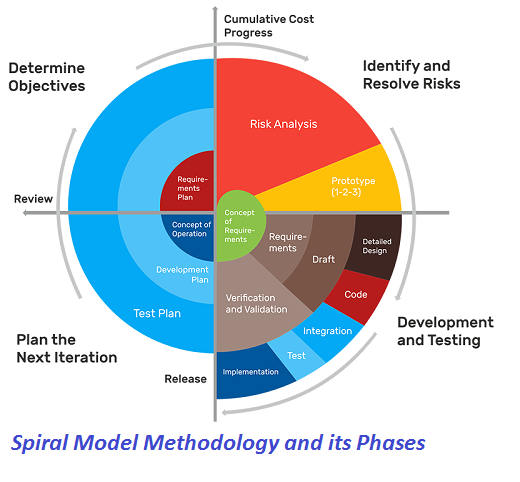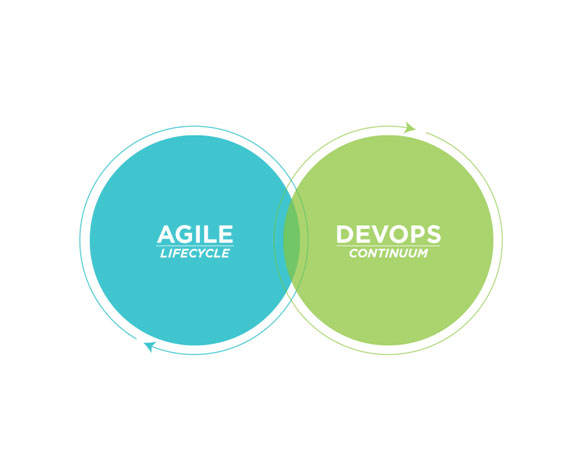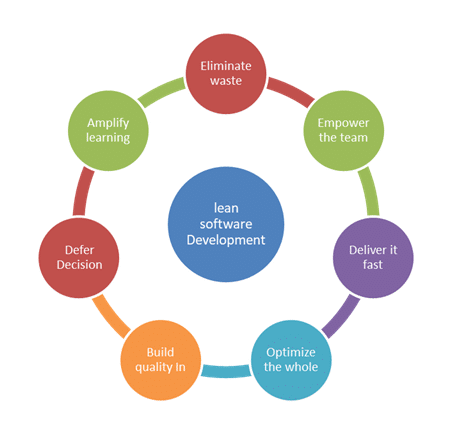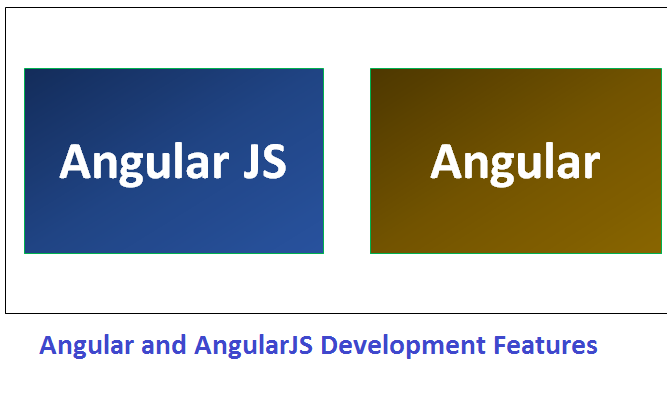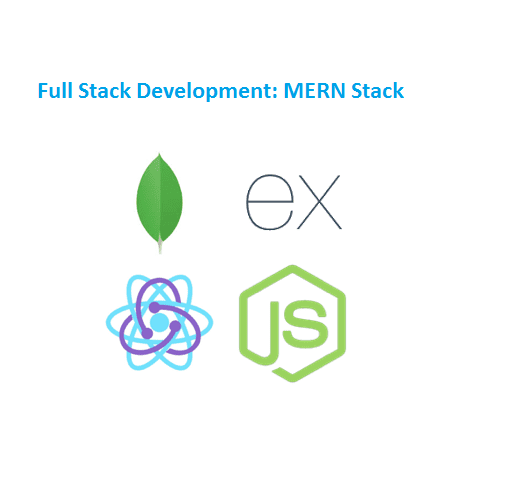 What is ReactJS?
What is ReactJS?
React is the most popular front-end JavaScript library in the field of web development. React is a JavaScript library that specializes in helping developers build user interfaces, or UIs. It is used by large, established companies and newly-minted startups alike (Netflix, Airbnb, Instagram, and the New York Times, to name a few). React brings many advantages to the table, making it a better choice than other frameworks like Angular.js. In terms of websites and web applications, UIs are the collection of on-screen menus, search bars, buttons, and anything else someone interacts with to USE a website or app. “React” has become the latest buzzword in the front-end development community, reflecting its steadily increasing use among developers. Contact Sovereign Software ReactJS Development services.
ReactJS Features:
React is Flexible
React is remarkably flexible. Once you have learned it, you can use it on a vast variety of platforms to build quality user interfaces. React is a library, NOT a framework. Its library approach has allowed React to evolve into such a remarkable tool.
Developer Experience
Rapid development and React’s small API combined to create a fantastic developer experience. React’s API is very simple to learn. It has very few concepts to learn.
Resources
React is heavily used in the Facebook app, website, and in Instagram. That’s why Facebook is deeply committed to it.
Dynamic Applications
React makes it easier to create dynamic web applications because it requires less coding and offers more functionality, as opposed to JavaScript, where coding often gets complex very quickly.
Reusable components
Components are the building blocks of any ReactJS application, and a single app usually consists of multiple components. These components have their logic and controls, and they can be reused throughout the application, which in turn dramatically reduces the application’s development time.
Unidirectional data flow
React follows a unidirectional data flow. This means that when designing a React app, developers often nest child components within parent components. Since the data flows in a single direction, it becomes easier to debug errors and know where a problem occurs in an application at the moment in question.
Virtual DOM
ReactJS keeps a lightweight representation of the “real” DOM in the memory, and that is known as the “virtual” DOM (VDOM). Manipulating real DOM is much slower than manipulating VDOM because nothing gets drawn on the screen. When the state of an object changes, VDOM changes only that object in the real DOM instead of updating all of the objects.
Performance
React uses VDOM, which makes the web applications run much faster than those developed with alternate front-end frameworks. React breaks a complex user interface into individual components, allowing multiple users to work on each component simultaneously, thereby speeding up the development time.
Debugging
ReactJS applications are easy to test due to a large developer community. Facebook even provides a small browser extension that makes React debugging faster and easier. This extension, for example, adds a React tab in the developer tools option within the Chrome web browser. The tab makes it easy to inspect React components directly.

